Plextor M5S 256GB Review
by Kristian Vättö on July 18, 2012 3:00 AM ESTInside the M5S
Since the M5S does not include any software discs or 2.5" to 3.5" bracket, the packaging is noticeably smaller than M3's.
There are absolutely no add-ons included. The only contents of the package are the SSD itself and a quick installation guide. It should be noted that not even mounting screws are included, so hopefully your case came with a few.
The chassis at least looks like it's the same as in the M3. The color is a match and both measure in at 9.5mm in height.
The innards have changed quite significantly. The M3 and M3 Pro both had separate thermal pads for each main component (controller, NAND, DRAM), but the M5S only has one thermal pad which is for the controller. This is without a doubt a cost cutting measure. Thermal pads are not really necessary as SSDs don't generate much heat anyway.
The M5S is powered by Marvell's 88SS9174-BLD2 controller, just like the M3 and M3 Pro were too. I was hoping to see Marvell's 88SS9187, but perhaps Plextor is saving that for "M5 Pro". According to Plextor, the M5S does come with a different firmware than the M3 and M3 Pro, although I'm guessing that the M5S firmware was built upon the M3 (Pro) firmware. It's likely that the M5S firmware just adds Micron NAND support.
The only change in hardware appears to be in the NAND department. The M3 and M3 Pro used Toshiba's 24nm Toggle-Mode 2.0 MLC NAND, whereas the M5S is using 25nm ONFi 2.x MLC NAND from Micron. The change in NAND supplier has also resulted in changes in the PCB layout. There are now sixteen NAND packages, eight on each side of the PCB. The M3 and M3 Pro both had only eight NAND packages, regardless of the capacity. The 256GB model we have uses 16GB packages, each consisting of two 8GB dies.
Plextor stuck with Nanya as its DRAM supplier. There are two 256MiB DDR3-1333 SDRAM chips, giving the M5S a total of 512MiB of cache.
The markings on the PCB actually say "M3S". Our unit is a pre-production sample, so that could be the reason but essentially the M5S is just an M3 with ONFi NAND.
Test System
| CPU |
Intel Core i5-2500K running at 3.3GHz (Turbo and EIST enabled) |
| Motherboard |
AsRock Z68 Pro3 |
| Chipset |
Intel Z68 |
| Chipset Drivers |
Intel 9.1.1.1015 + Intel RST 10.2 |
| Memory | G.Skill RipjawsX DDR3-1600 2 x 4GB (9-9-9-24) |
| Video Card |
XFX AMD Radeon HD 6850 XXX (800MHz core clock; 4.2GHz GDDR5 effective) |
| Video Drivers | AMD Catalyst 10.1 |
| Desktop Resolution | 1920 x 1080 |
| OS | Windows 7 x64 |



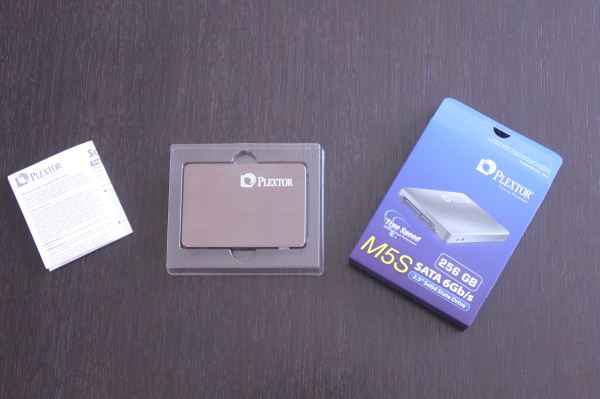

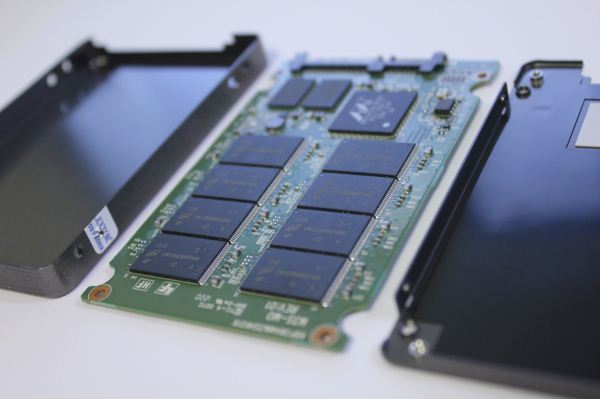
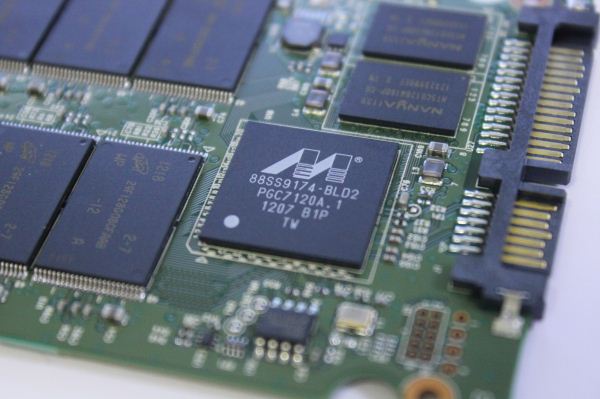
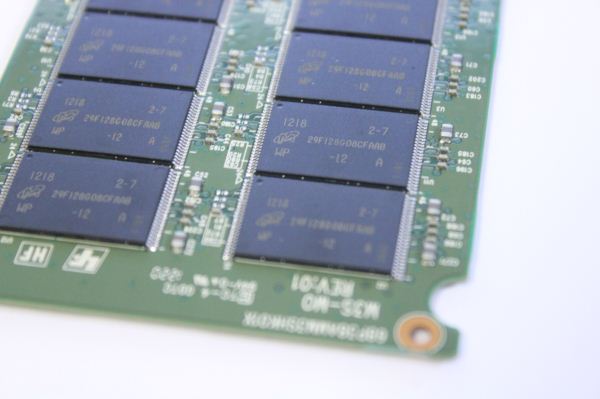

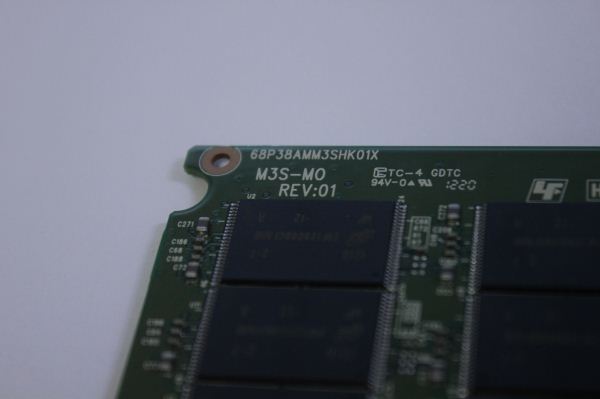








43 Comments
View All Comments
Kristian Vättö - Wednesday, July 18, 2012 - link
The prices were taken two days ago on July 16th, so some may have changed already. The idea is to provide some kind of idea of pricing, that's all. As you noticed already, prices change all the time so the table is only useful for a few days, hence I don't see a point in making a Europe table as well.Rick83 - Wednesday, July 18, 2012 - link
While geizhals/skinflint is a convenient tool, outside of Germany things usually get much more expensive.Occasionally a good deal in the UK, but component prices in France are often 10% higher, making even the 15 euro shipping appear attractive in some cases....
scbdpa - Wednesday, July 18, 2012 - link
So would you recommend the m3pro or m5s to a user looking to buy a plextor ssd (128gb)?Kristian Vättö - Wednesday, July 18, 2012 - link
If price is not a concern, the M3 Pro. It's noticeably faster and carries a 5-year warranty.scbdpa - Wednesday, July 18, 2012 - link
price is not the problem. What about if the machine doesn't support TRIM (a standalone audio recorder)?still get the 3pro, or get the m5s with the better garbage collection?
Thanks
name99 - Thursday, July 19, 2012 - link
Depending on what you're doing, an EXTREMELY important characteristic is power. Not idle power, but peak power (which is usually hit during sustained writes). In spite of what some people think, this number, for current SSDs, is usually substantially higher than the equivalent number for a 2.5" HD.So I'd say figure out what's the max sustained power your audio recorder can provide and use that to make your decision. If you don't know, anything below 2.5W (which is what USB-2 provides, and what most 2.5" HDs target) is safe, anything above that and you may be setting yourself up for random crashes.
kmmatney - Wednesday, July 18, 2012 - link
I don't see why one would buy this over the Crucial M4. If I understand correctly, they They both use the same NAND and a similar marvell controller. It looks liek the Plextor firmware is tweaked for better performance, but I don't think there would be any real-life difference. FYI - I have both a Samsung and a Crucial 256GB SSD in my laptop (2 bays) and I can say for certain that their real-life performance is identical.sheh - Wednesday, July 18, 2012 - link
How do you estimate the write amplification?shodanshok - Wednesday, July 18, 2012 - link
Quote, I'm interested on this.Moreover, it is a very pleasant surprise that Plextor managed to both deliver better write amplification and more aggressive garbage collector, as they are usually mutually exclusive.
Thanks.
Kristian Vättö - Wednesday, July 18, 2012 - link
I can't disclose our testing methods (they are kind of like our "trade secrets") but the basic formula for calculating WA is data written to the flash divided by data written by host. For example, if you go and copy a 1GB folder to the SSD and and the SSD ends up writing 3GB, WA would be 3x.Keep in mind that our WA estimation is a worst case scenario, not average WA.